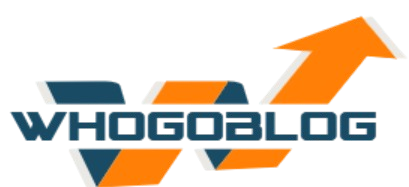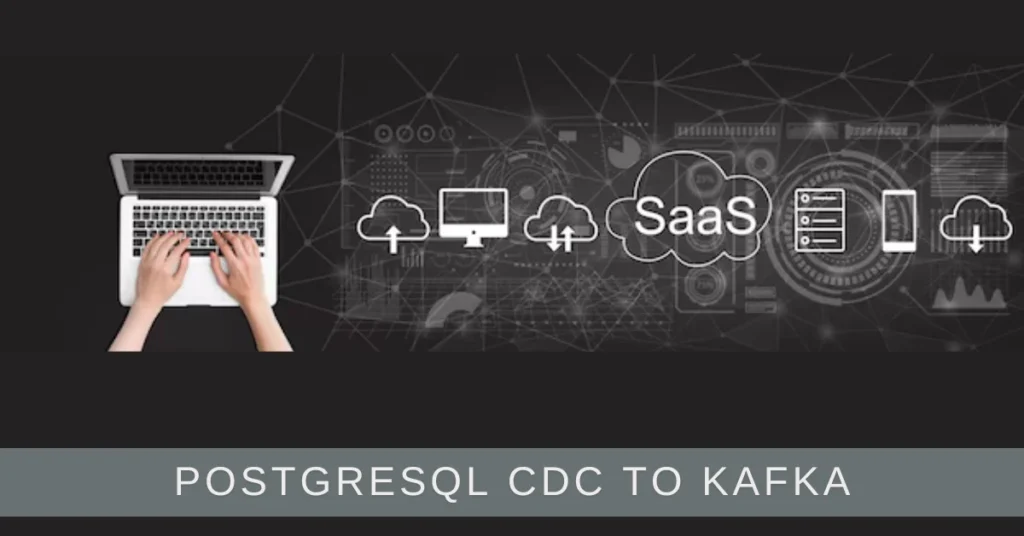Introduction to PostgreSQL CDC and Kafka
In today’s fast-paced digital landscape, the ability to process and analyze data in real-time is crucial for businesses looking to stay competitive. Enter PostgreSQL Change Data Capture (CDC) and Kafka—two powerful tools that can transform your data management strategy. PostgreSQL CDC allows you to track changes in your database, while Kafka provides a scalable platform for streaming those updates efficiently.
Together, they create an ecosystem where real-time insights become not just possible but effortless. Imagine having access to live data streams that inform decisions instantly. Whether you’re managing customer interactions or monitoring system performance, connecting PostgreSQL CDC to Kafka opens up a world of possibilities.
Unlocking this potential may seem daunting at first glance, but with Propel leading the way, setting up this integration becomes straightforward and accessible for everyone—from seasoned developers to curious newcomers. Let’s dive deeper into how you can leverage this dynamic duo for enhanced data streaming capabilities!
Benefits of Using PostgreSQL CDC to Kafka
PostgreSQL CDC to Kafka offers a powerful solution for real-time data integration. One significant benefit is the ability to capture changes as they happen. This ensures that your applications always work with the most current data.
Another advantage is scalability. As your organization grows, so does your data footprint. Kafka effortlessly handles increased loads, making it easy to manage high volumes of streaming data without performance degradation.
Additionally, this setup enhances system reliability. By decoupling database and processing systems, you can isolate failures more effectively. If one part goes down, others remain unaffected.
Streaming capabilities also empower organizations to perform analytics on-the-fly. Insights derived from real-time information can drive timely decision-making and strategic planning.
PostgreSQL CDC integrates seamlessly with various tools in the ecosystem. This flexibility allows businesses to leverage existing investments while enhancing their data pipelines efficiently.
Step-by-Step Guide on How to Set Up PostgreSQL CDC to Kafka with Propel
Setting up PostgreSQL CDC to Kafka with Propel is straightforward. Start by installing the necessary components. Ensure you have PostgreSQL and Kafka running on your system.
Next, configure your PostgreSQL database for logical replication. This step involves enabling WAL (Write-Ahead Logging) and creating a publication for the tables you want to track.
Once that’s done, install Propel’s connector for Kafka. It will bridge your PostgreSQL changes directly into Kafka topics seamlessly.
Now, create a data stream in Propel that listens for changes in your specified tables. You can define filters to capture only relevant updates as they happen.
Test the connection by making some alterations in PostgreSQL and observing them being streamed into Kafka in real time. Adjust configurations as needed based on performance metrics or specific use cases you encounter during testing.
Use Cases for Real-Time Data Streaming with Propel
Real-time data streaming with Propel opens up numerous possibilities for businesses across various sectors. One prominent use case is in e-commerce, where customer interactions and transactions can be captured instantly. This allows companies to tailor promotions and improve user experiences on-the-fly.
Financial services also benefit immensely from this technology. By implementing PostgreSQL CDC to Kafka, firms can monitor market trends and execute trades based on real-time analytics. It enhances decision-making processes significantly.
Healthcare organizations utilize real-time data streams for monitoring patient vitals or tracking medication usage. Swift reactions can lead to better patient outcomes.
In the realm of IoT, manufacturers harness real-time insights from devices connected to their systems. This leads to improved operational efficiencies through predictive maintenance strategies that mitigate downtime risks effectively.
Best Practices for Implementing PostgreSQL CDC to Kafka with Propel
When implementing PostgreSQL CDC to Kafka with Propel, it’s essential to prioritize data consistency. Ensure that your change data capture is configured correctly to avoid missing any critical updates.
Monitoring is vital. Use tools that provide insights into the performance and health of your streaming setup. This will help you quickly identify bottlenecks or failures in the pipeline.
Data transformation should be considered early on. Propagate only necessary changes through the stream. Filtering out irrelevant data reduces noise and improves efficiency.
Batch processing can enhance throughput but ensure it aligns with your real-time requirements. Test different batch sizes for optimal performance without compromising latency.
Document everything thoroughly. Clear documentation aids team members in understanding processes and makes onboarding easier for new developers joining your project.
Challenges and Solutions for Using PostgreSQL CDC to Kafka
One of the main challenges when integrating PostgreSQL CDC to Kafka is ensuring data consistency. Changes in the database must be accurately reflected in real-time streams. Any discrepancies can lead to significant issues downstream.
Latency can also become a concern. As the volume of changes increases, processing these updates in a timely manner might strain resources, leading to delays.
Another hurdle involves schema evolution. Databases often undergo modifications which may not align with existing Kafka topics, causing compatibility problems.
To tackle data consistency issues, implementing robust error handling and validation mechanisms is essential. Acknowledging changes before committing them ensures accuracy.
Reducing latency requires optimizing configurations and scaling infrastructure as needed. Regular monitoring helps identify bottlenecks early on.
For managing schema evolution effectively, adopting tools like Schema Registry allows for version control and smoother transitions between changes without disrupting ongoing processes.
Conclusion
Harnessing the power of PostgreSQL CDC to Kafka offers a seamless way to manage real-time data streams. The integration allows businesses to respond quickly to changing information, ensuring that decision-makers have access to the latest insights.
With Propel as your tool of choice, setting up this integration becomes straightforward and efficient. Whether you’re looking at enhancing analytics capabilities or improving data reliability in applications, this approach can provide significant advantages.
While challenges may arise during implementation, understanding best practices helps navigate potential pitfalls effectively. As organizations continue to embrace digital transformation, leveraging technologies like PostgreSQL CDC and Kafka will be vital for staying ahead in today’s fast-paced environment.
Real-time data streaming is not just a trend; it’s becoming essential for operational success across numerous industries. By adopting these strategies now, businesses position themselves for growth and innovation in their respective markets.
FAQs
What is “PostgreSQL CDC to Kafka”?
PostgreSQL CDC to Kafka is the process of capturing changes from a PostgreSQL database using Change Data Capture (CDC) and streaming those changes to Kafka for real-time data processing.
How does PostgreSQL CDC benefit real-time data streaming?
PostgreSQL CDC allows for the real-time tracking of changes in the database, ensuring that updates are reflected instantly in data streams, supporting timely decision-making.
What are the key benefits of integrating PostgreSQL CDC with Kafka?
The integration offers scalability, enhanced reliability, and real-time analytics, ensuring businesses can handle large volumes of data and respond to changes promptly.
What are common challenges when using PostgreSQL CDC with Kafka?
Challenges include maintaining data consistency, managing latency, and handling schema evolution. Solutions involve error handling, optimizing configurations, and using Schema Registry.
How can businesses use real-time data streaming in industries like e-commerce and finance?
In e-commerce, real-time data enables personalized offers, while in finance, it allows firms to react to market trends instantly, improving decision-making and operational efficiency.







